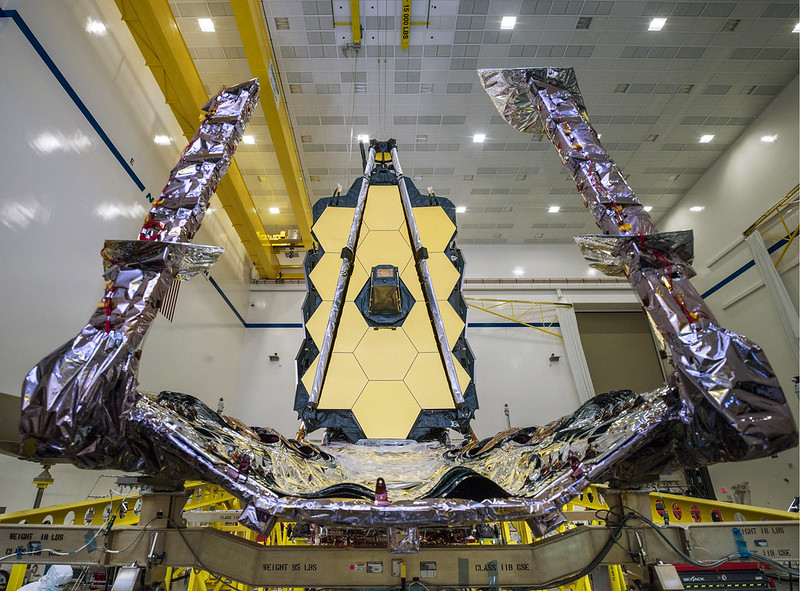NASA’s James Webb telescope is said to be the space exploration agency’s most technologically advanced, deep-space telescope to date.
Once in orbit, the telescope will help NASA take sharp images of far away galaxies, see first-hand how new planets are formed and answer questions about the possibility of extraterrestrial life.
However, before NASA’s telescope takes to the stars it must first make a lengthy trip across the Pacific Ocean and through the Panama Canal to reach French Guiana in South America where a rocket will transport it to space.
That journey begins at the Port of Long Beach.
A report from Inverse this month featured the satellite’s terrestrial journey. According to the report, a ship will transport the telescope first from Long Beach, through the Panama Canal to arrive at Kourou, French Guiana.

Image courtesy NASA.
Alise Fisher, a spokeswoman with NASA, said shipping preparations for the $10 billion telescope will be completed this month. The space agency hopes to launch the telescope by Dec. 18.
“Webb is shipping to the launch site in French Guiana this month; launch processing will take two months,” Fisher said. “As a precautionary security measure, NASA is not disclosing further details at this time, but we will announce when Webb has arrived in Kourou.”
NASA officials have kept details concerning shipping logistics of the telescope secret, including when exactly the space instrument would depart the Port of Long Beach, for security reasons—one of them being the potential of a pirate attack while the ship is out at sea.
Earlier this month, NASA reported the telescope was sitting at a Northrop Grumman facility in Redondo Beach where crews were preparing the telescope for shipping.
The telescope will be carried by US Transportation Command, which is part of the military, according to NASA statements.
Upon arriving at French Guiana, the telescope will be loaded onto an Ariane 5 rocket, which has already arrived at the South American nation, according to NASA.
Researchers will use the telescope to keep an eye on 17 known actively-forming planetary systems. They will be able to measure what rocky, Earth-like molecules are forming at the center of those systems to see if elements needed to sustain life—oxygen, carbon and nitrogen—are present, which could be used to answer questions about Earth’s interstellar origins.
Editor’s note: This article has been updated with the telescope’s cost.
Relativity Space to take over massive former Boeing C-17 site

